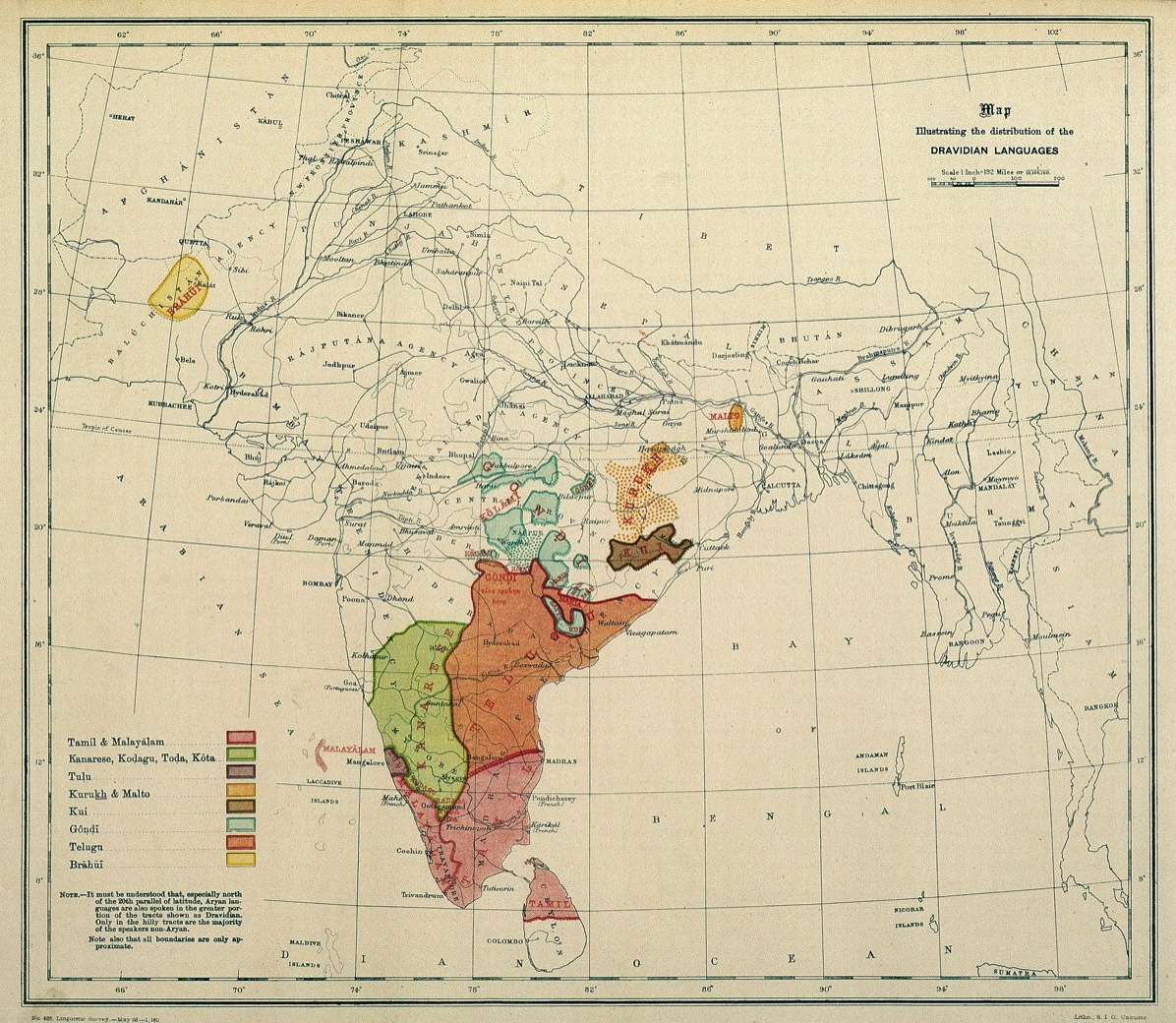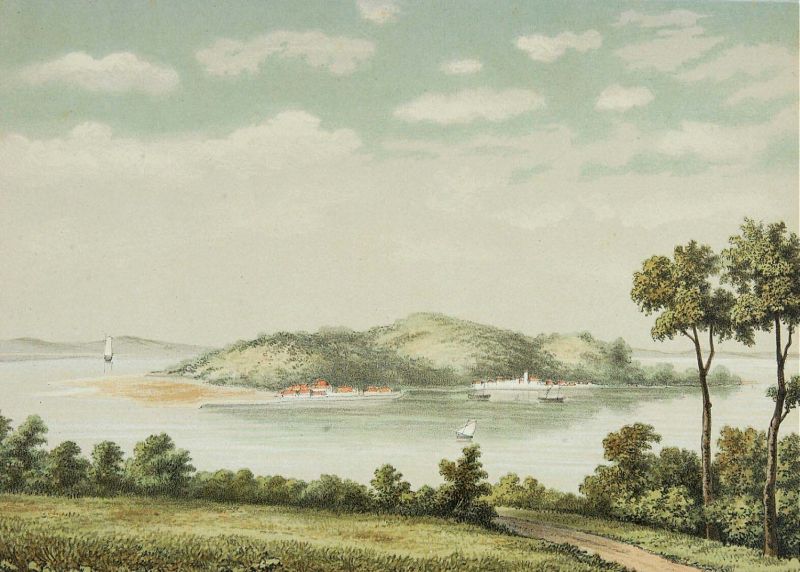|
Old Malay
Malay was first used in the first millennia known as Old Malay, a part of the Austronesian language family. Over a period of two millennia, Malay has undergone various stages of development that derived from different layers of foreign influences through international trade, religious expansion, colonisation and developments of new socio-political trends. The oldest form of Malay is descended from the Proto-Malayo-Polynesian language spoken by the earliest Austronesian settlers in Southeast Asia. This form would later evolve into Old Malay when Indian cultures and religions began penetrating the region, most probably using the Kawi and Rencong scripts, some linguistic researchers say. Old Malay contained some terms that exist today, but are unintelligible to modern speakers, while the modern language is already largely recognisable in written Classical Malay of 1303 CE. Malay evolved extensively into Classical Malay through the gradual influx of numerous elements of Arabic and P ... [...More Info...] [...Related Items...] OR: [Wikipedia] [Google] [Baidu] |
Kerinci MSS Detail
{{Disambig ...
The term Kerinci can refer to: *Mount Kerinci * Lake Kerinci *Kerinci people, an ethnic group in Kerinci Regency, Jambi *Kerinci language *Kerinci Regency, a regency of Jambi *Kerinci Seblat National Park Kerinci Seblat National Park is the largest national park on the island of Sumatra, Indonesia. It has a total area of 13,791 km2, and spans four provinces: West Sumatra, Jambi, Bengkulu, and South Sumatra. Geography It is located between 1 ... [...More Info...] [...Related Items...] OR: [Wikipedia] [Google] [Baidu] |
Malayic Languages
The Malayic languages are a branch of the Malayo-Polynesian subgroup of the Austronesian language family. The most prominent member is Malay, which is the national language of Brunei, Singapore and Malaysia; it further serves as basis for Indonesian, the national language of Indonesia. The Malayic branch also includes the local languages spoken by Indonesians and ethnic Malays (e.g. Banjarese, Kutai, Kedah Malay), further several languages spoken by various other ethnic groups of Sumatra, Indonesia (e.g. Minangkabau) and Borneo (e.g. Iban). The most probable candidate for the urheimat of the Malayic languages is western Borneo. History The term "Malayic" was first coined by in his lexicostatistical classification of the Austronesian languages. Dyen's "Malayic hesion" had a wider scope than the Malayic subgroup in its currently accepted form, and also included Acehnese, Lampung and Madurese. narrowed down the range of Malayic, but included the non-Malayic languages Rejang a ... [...More Info...] [...Related Items...] OR: [Wikipedia] [Google] [Baidu] |
Dong Yen Chau Inscription
Dong or DONG may refer to: Places * Dong Lake, or East Lake, a lake in China * Dong, Arunachal Pradesh, a village in India * Dong (administrative division) (동 or 洞), a neighborhood division in Korea Persons *Queen Dong (1623–1681), princess consort of Koxinga and mother of Zheng Jing *Empress Dong (Ran Min's wife), wife of Ran Min, emperor of Chinese state Ran Wei * Empress Dowager Dong (died 189), empress dowager during Han dynasty *Dǒng (surname) or 董, a Chinese surname *Dōng (surname) or 東, a Chinese surname Entertainment * ''Dong'' (film) (东), a documentary film by Jia Zhangke. * Dong Open Air, a heavy metal festival in Germany. * D!NG Channel (previously Do Online Now Guys, or DONG), a YouTube channel and spin off of Vsauce, Vsauce2, Vsauce3, and Wesauce Other uses * Dong people, an ethnic minority group of China * Dong language (China) * Dong language (Nigeria) * Vietnamese đồng, a unit of currency * Ørsted (company), a Danish energy company formerly ... [...More Info...] [...Related Items...] OR: [Wikipedia] [Google] [Baidu] |
Buddhism
Buddhism ( , ), also known as Buddha Dharma and Dharmavinaya (), is an Indian religion or philosophical tradition based on teachings attributed to the Buddha. It originated in northern India as a -movement in the 5th century BCE, and gradually spread throughout much of Asia via the Silk Road. It is the world's fourth-largest religion, with over 520 million followers (Buddhists) who comprise seven percent of the global population. The Buddha taught the Middle Way, a path of spiritual development that avoids both extreme asceticism and hedonism. It aims at liberation from clinging and craving to things which are impermanent (), incapable of satisfying ('), and without a lasting essence (), ending the cycle of death and rebirth (). A summary of this path is expressed in the Noble Eightfold Path, a training of the mind with observance of Buddhist ethics and meditation. Other widely observed practices include: monasticism; " taking refuge" in the Buddha, the , and the ; ... [...More Info...] [...Related Items...] OR: [Wikipedia] [Google] [Baidu] |
Hinduism
Hinduism () is an Indian religion or '' dharma'', a religious and universal order or way of life by which followers abide. As a religion, it is the world's third-largest, with over 1.2–1.35 billion followers, or 15–16% of the global population, known as Hindus. The word ''Hindu'' is an exonym, and while Hinduism has been called the oldest religion in the world, many practitioners refer to their religion as '' Sanātana Dharma'' ( sa, सनातन धर्म, lit='the Eternal Dharma'), a modern usage, which refers to the idea that its origins lie beyond human history, as revealed in the Hindu texts. Another endonym is ''Vaidika dharma'', the dharma related to the Vedas. Hinduism is a diverse system of thought marked by a range of philosophies and shared concepts, rituals, cosmological systems, pilgrimage sites, and shared textual sources that discuss theology, metaphysics, mythology, Vedic yajna, yoga, agamic rituals, and temple building, among other to ... [...More Info...] [...Related Items...] OR: [Wikipedia] [Google] [Baidu] |
Indian Religions
Indian religions, sometimes also termed Dharmic religions or Indic religions, are the religions that originated in the Indian subcontinent. These religions, which include Hinduism, Jainism, Buddhism, and Sikhism,Adams, C. J."Classification of religions: Geographical", ''Encyclopædia Britannica'', 2007. Retrieved 15 July 2010 are also classified as Eastern religions. Although Indian religions are connected through the history of India, they constitute a wide range of religious communities, and are not confined to the Indian subcontinent. Evidence attesting to prehistoric religion in the Indian subcontinent derives from scattered Mesolithic rock paintings. The Harappan people of the Indus Valley civilisation, which lasted from 3300 to 1300 BCE (mature period 2600–1900 BCE), had an early urbanized culture which predates the Vedic religion. The documented history of Indian religions begins with the historical Vedic religion, the religious practices of the early Indo-Iranians ... [...More Info...] [...Related Items...] OR: [Wikipedia] [Google] [Baidu] |
Dravidian Languages
The Dravidian languages (or sometimes Dravidic) are a family of languages spoken by 250 million people, mainly in southern India, north-east Sri Lanka, and south-west Pakistan. Since the colonial era, there have been small but significant immigrant communities in Mauritius, Myanmar, Singapore, Malaysia, Indonesia, Philippines, United Kingdom, Australia, France, Canada, Germany, South Africa, and the United States. The Dravidian languages are first attested in the 2nd century BCE, as Tamil-Brahmi script, inscribed on the cave walls in the Madurai and Tirunelveli districts of Tamil Nadu. The Dravidian languages with the most speakers are (in descending order of number of speakers) Telugu, Tamil, Kannada and Malayalam, all of which have long literary traditions. Smaller literary languages are Tulu and Kodava. There are also a number of Dravidian-speaking scheduled tribes, such as the Kurukh in Eastern India and Gondi in Central India. Outside of India, Brahui is mo ... [...More Info...] [...Related Items...] OR: [Wikipedia] [Google] [Baidu] |
Bangka-Belitung Islands
The Bangka Belitung Islands ( id, Kepulauan Bangka Belitung) is a Provinces of Indonesia, province of Indonesia. Situated off the southeastern coast of Sumatra, the province comprises two main landmasses—Bangka Island, Bangka and Belitung—and numerous smaller islands. Bangka Belitung is bordered by the Bangka Strait to the west, the Natuna Sea to the north, the Java Sea is to the south and the Karimata Strait to the east. The province's capital and largest city is Pangkal Pinang. Bangka Belitung covers an area of and has a population of 1,455,678 according to the 2020 Indonesian census, 2020 census; the official estimate as at mid 2021 was 1,473,165. Bangka Belitung has an equatorial climate with tropical rainforests, which, however, is disappearing due to deforestation. Mount Maras, located on the island of Bangka, is the province's highest point, with a height of . There are several rivers in the province, such as the Sebuku River, Baturusa River and Mendo River. Bangka Bel ... [...More Info...] [...Related Items...] OR: [Wikipedia] [Google] [Baidu] |
Riau Islands
The Riau Islands ( id, Kepulauan Riau) is a province of Indonesia. It comprises a total of 1,796 islands scattered between Sumatra, Malay Peninsula, and Borneo including the Riau Archipelago. Situated on one of the world's busiest shipping lanes along the Malacca Strait and the South China Sea, the province shares water borders with neighboring countries such as Singapore, Malaysia, and Brunei. The Riau Islands also has a relatively large potential of mineral resources, energy, as well as marine resources. The capital of the province is Tanjung Pinang and the largest city is Batam. The Riau archipelago was once part of the Johor Sultanate, which was later partitioned between the Dutch East Indies and British Malaya after the Anglo-Dutch Treaty of 1824, in which the archipelago fell under Dutch influence. A Dutch protectorate, the Riau-Lingga Sultanate, was established in the region between 1824 and 1911 before being directly ruled by the Dutch East Indies. The archipelago be ... [...More Info...] [...Related Items...] OR: [Wikipedia] [Google] [Baidu] |
Luzon
Luzon (; ) is the largest and most populous island in the Philippines. Located in the northern portion of the Philippines archipelago, it is the economic and political center of the nation, being home to the country's capital city, Manila, as well as Quezon City, the country's most populous city. With a population of 64 million , it contains 52.5% of the country's total population and is the fourth most populous island in the world. It is the 15th largest island in the world by land area. ''Luzon'' may also refer to one of the three primary island groups in the country. In this usage, it includes the Luzon mainland, the Batanes and Babuyan groups of islands to the north, Polillo Islands to the east, and the outlying islands of Catanduanes, Marinduque and Mindoro, among others, to the south. The islands of Masbate, Palawan and Romblon are also included, although these three are sometimes grouped with another of the island groups, the Visayas. Etymology The name ''Luz ... [...More Info...] [...Related Items...] OR: [Wikipedia] [Google] [Baidu] |




